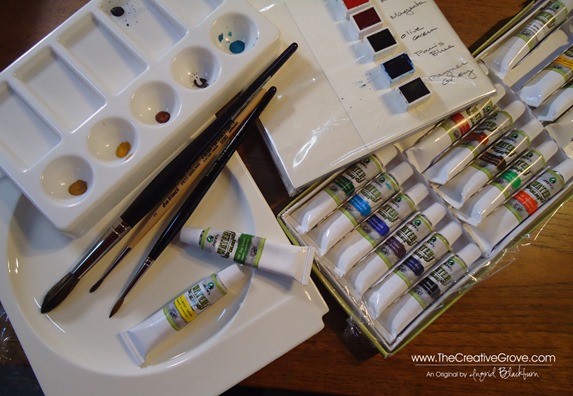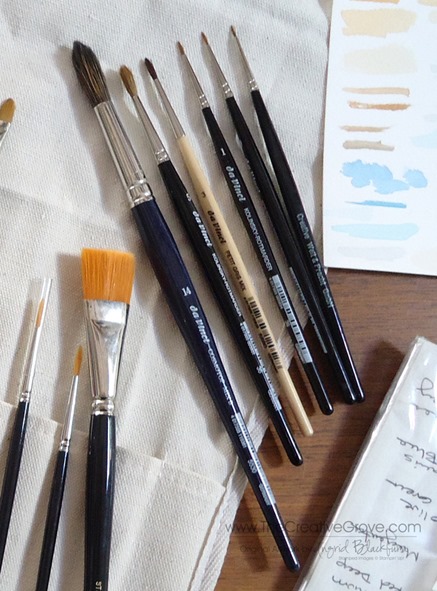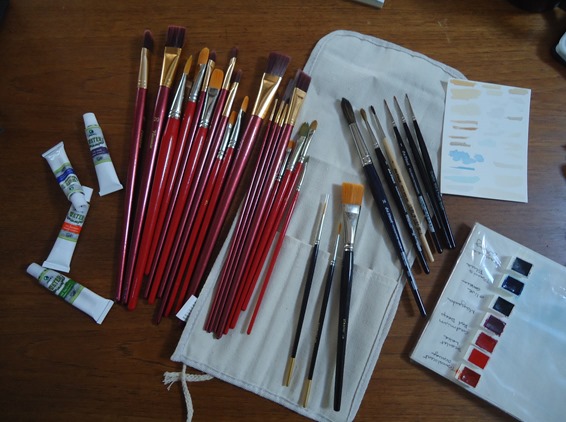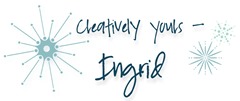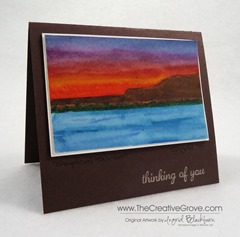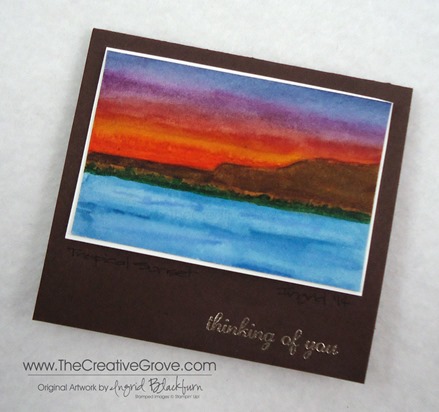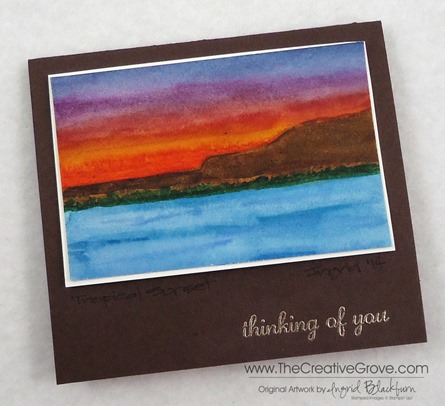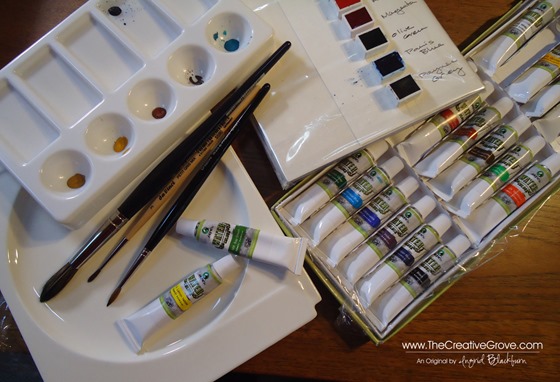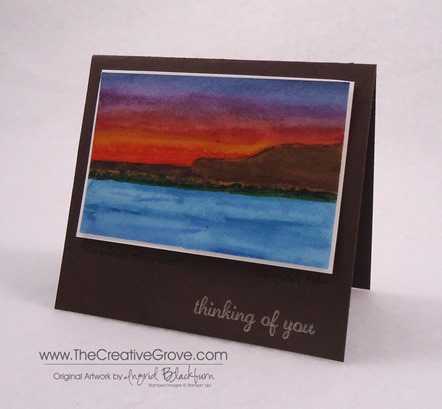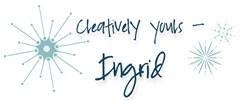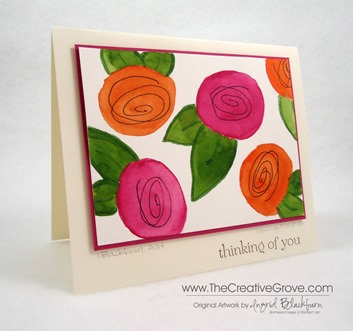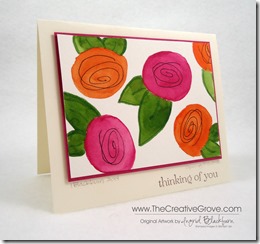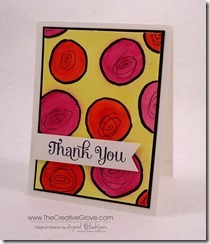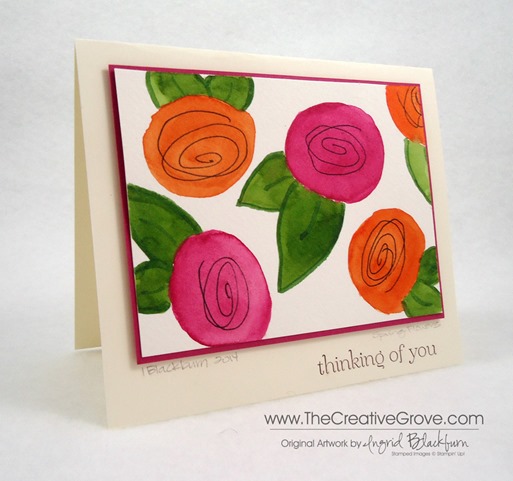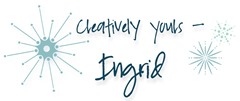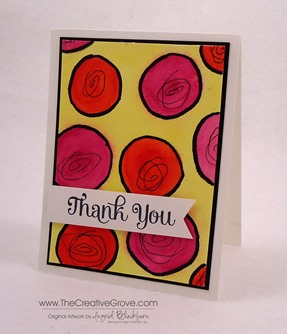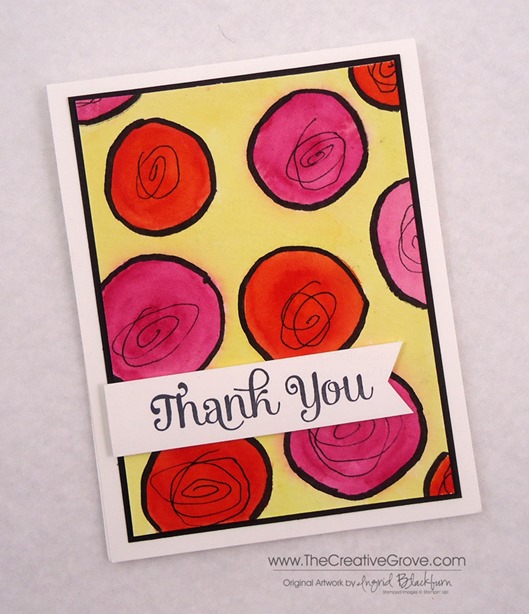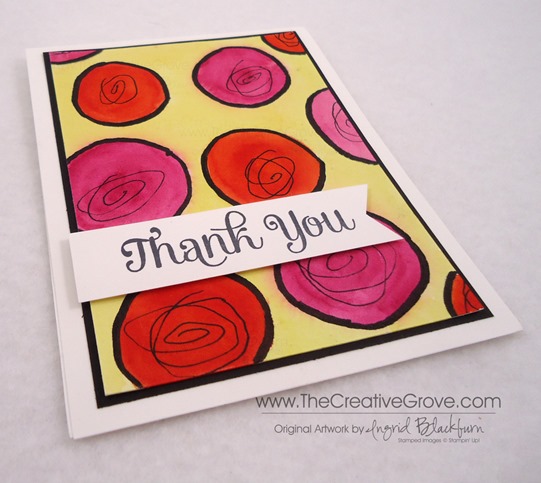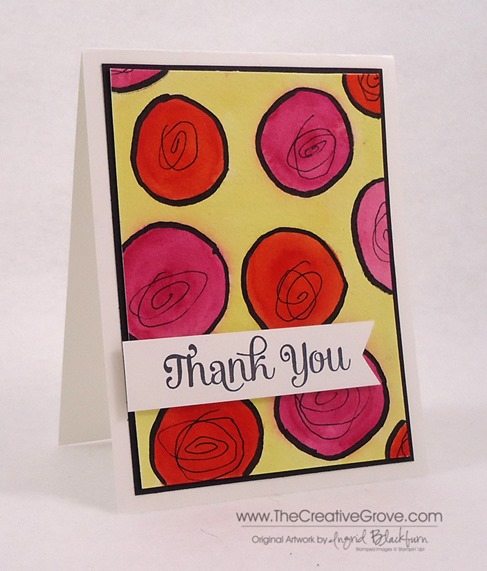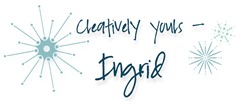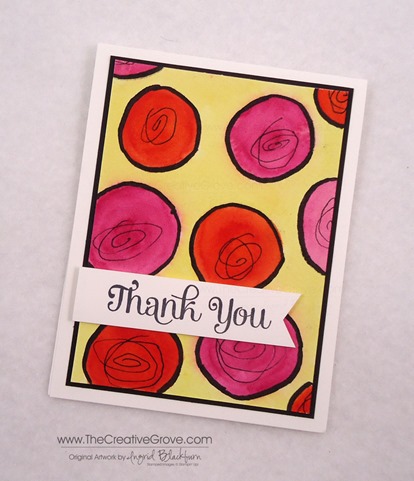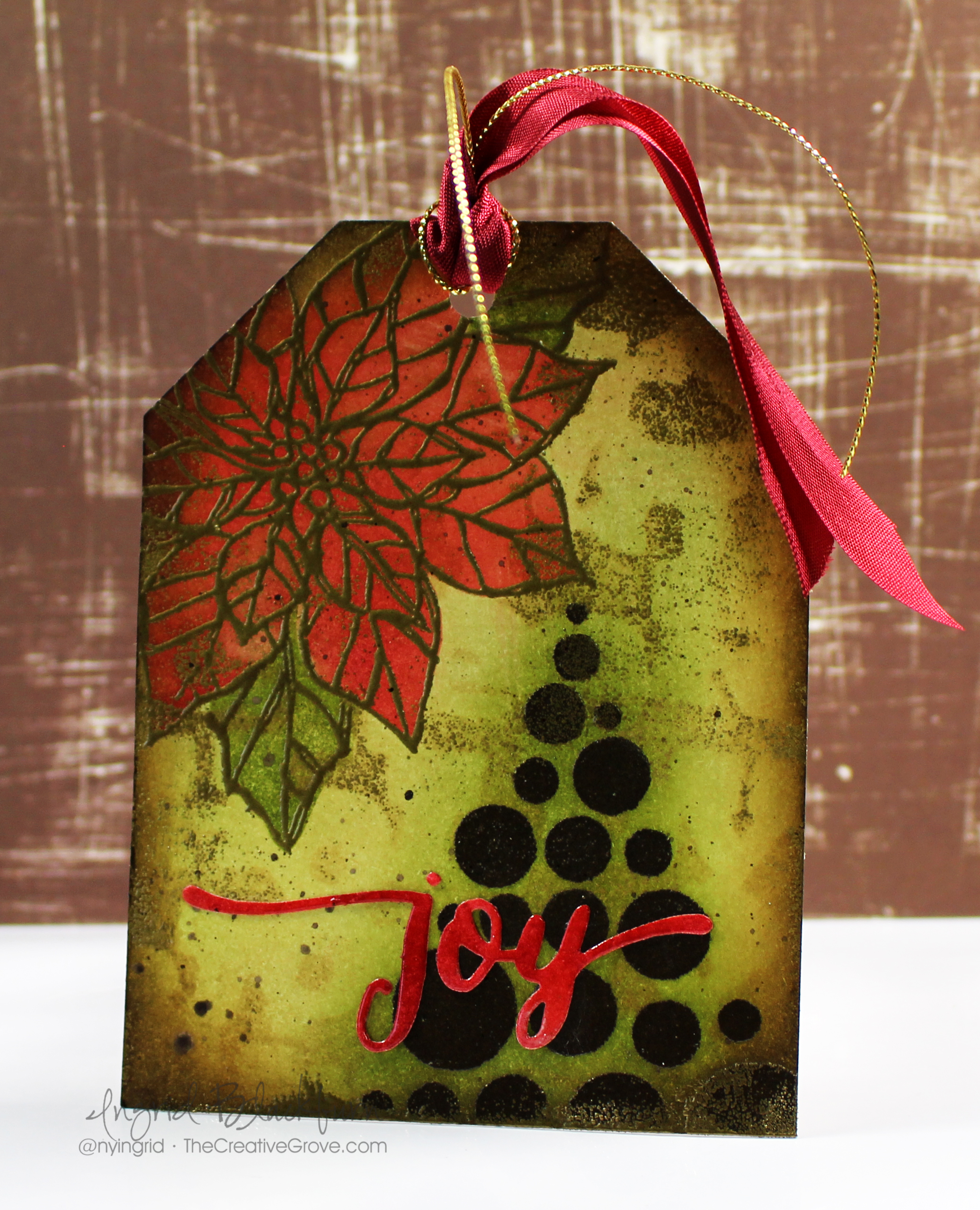
Creating mixed media Christmas tags can be a fun creative exercise that really showcases a fun style that is all your own. When I think of mixed media, I have always thought of those amazing colorful art journal pages we see so often. I’ve always been an admirer, but I have to admit, a bit scared to start. Well, when Kylie at Happy Little Stampers asked me if I wanted to be on the mixed media team, I was a bit apprehensive. I thought two things – 1 – I know nothing about mixed media other than it looks so cool and 2 – Is this style biting off a little more than I can chew?! Well, I never do anything the easy way, so when she told me most of what I do is by definition mixed media already, I figured, it was time to jump into the deep end and figure this mixed media thing out! – I was in!
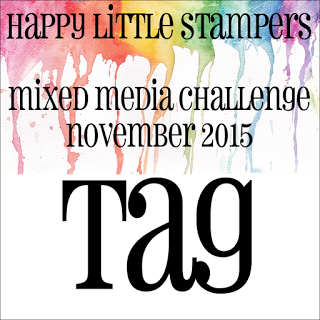
So today’s tutorial is the beginning of a journey into the art of Mixed Media for me. I hope you’ll join me for this fun ride! We’re going to start out with the 1st Mixed Media challenge at Happy Little Stampers – there’s even a prize! If you’ve ever wanted to try something new, or just give it a go – join me this month – the theme is TAG. Now that can be literally anything tag related – Card with a tag, and actual tag, etc… Here’s a video to show you some of my thought process into this project. I hope you love it, I have to say – I had no idea where this project was going, I enjoyed the path and definitely the end result.
Leave me a comment with your thoughts – about this project, on the mixed media style, anything really! I’ll randomly select one commenter to get this beauty in the mail! 🙂
Creating your own Mixed Media poinsettia tag
- Start with a white piece of card stock – 3 3/4 x 5″. Cut your tag corners as in this video (0:00 min)
- Create a Vintage background for your project using distress inks – Antique Linen, Scattered Straw, Old Paper, Vintage Photo, Ground Espresso and sponge tools Click Here for a step by step tutorial
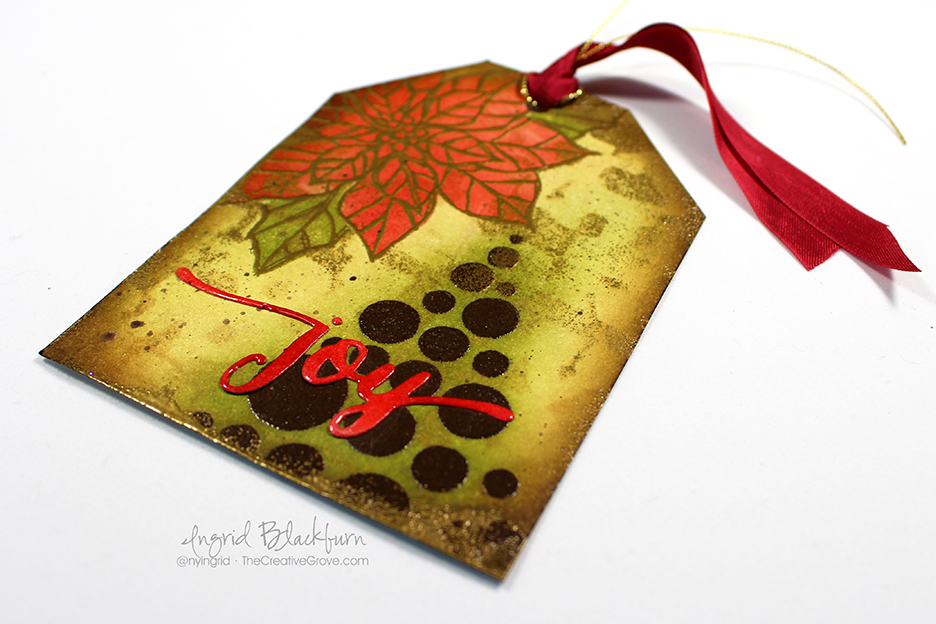
- Layer stencil over and add more Antique Linen and a little Vintage Photo to bring it out
- Zap a bit with a heat tool, but not completely. Test in Gold embossing powder and emboss any strays to project
- Dry with heat tool again. Emboss Tree with stencil and espresso embossing powder
- Add a little green to your tag – Bundled Sage, Peeled Paint and Forest Moss
- Add gold poinsettia and color using festive berrries distress ink and a negative image mask.
- Add leaves in same manner as in the video.
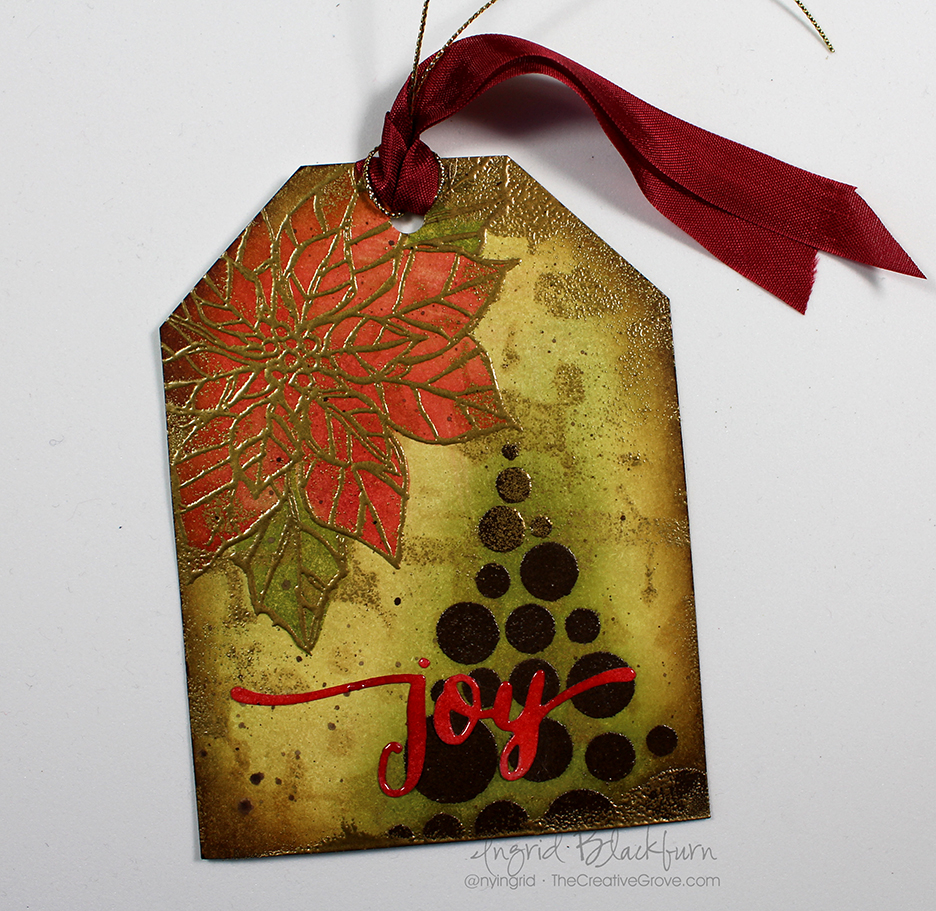
- Edge tag with Vintage Photo and Ground Espresso
- Add a little gold embossing powder to random spots – after I shot the video, I did this at the bottom of the tag by dragging my versamark pad directly to to the edge.
- Sponge a piece of white scrap with festive berries and fired brick distress – cut out using hand lettered holiday by WPlus9
- Emboss greeting in clear and add to tag.
- Punch 1/4″ circle at top and add ribbon as in video
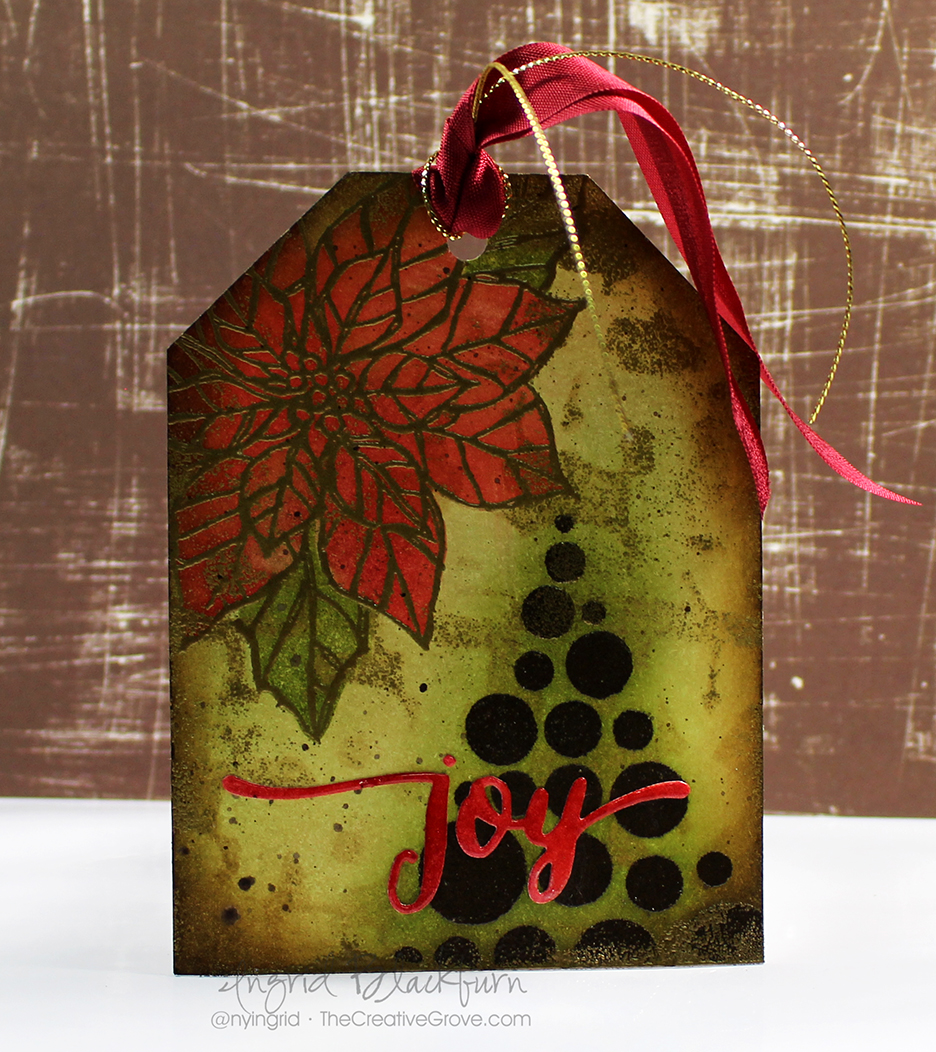
This tag was so much fun to make and would look exquisite on a gift or wine bottle. I would LOVE to see your interpretation of a mixed media tag in the challenge! And be sure to enter your creation into my friend Loll’s Christmas Tag Challenge too – I did:

And in case you haven’t seen yet – here’s the talented line up of the new Mixed Media Team – be sure to check out their creations from the HLS blog too!
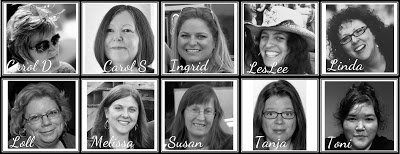
Have fun getting those fingers inky!

[optin_box style=”8″ width=”500″ alignment=”center” disable_name=”Y” email_field=”email” email_default=”Enter your email address” email_order=”Enter your email address” integration_type=”aweber” double_optin=”Y” list=”3846012″ name_field=”name” name_default=”Enter your first name” name_order=”1″ name_required=”N” extra_field_1_name=”name” extra_field_1_title=”Enter your first name” extra_field_1_order=”1″ extra_field_1_required=”N”][optin_box_field name=”headline”]If you enjoyed this tutorial…[/optin_box_field][optin_box_field name=”paragraph”]PHA+4oCmeW914oCZbGwgbG92ZSBvdXIgPGVtPjxzdHJvbmc+ZnJlZSA8L3N0cm9uZz48L2VtPnN1YnNjcmliZXIgb25seSB2aWRlbyBzZXJpZXMuIMKgTGVhcm4gbmV3IHRlY2huaXF1ZXMgdGhyb3VnaCBvdXIgPGVtPjxzdHJvbmc+ZXhjbHVzaXZlPC9zdHJvbmc+PC9lbT7CoENyZWF0aXZlIFRpcHMgZS1sZXR0ZXLCoGFuZCBzdWJzY3JpYmVyIG9ubHkgdmlkZW8gYW5kIHByb2plY3QgdHV0b3JpYWxzITwvcD4K[/optin_box_field][optin_box_field name=”privacy”][/optin_box_field][optin_box_field name=”top_color”]undefined[/optin_box_field][optin_box_button type=”1″ text=”Send me exclusive tips!” text_size=”32″ text_color=”#000000″ text_bold=”Y” text_letter_spacing=”0″ text_shadow_panel=”Y” text_shadow_vertical=”1″ text_shadow_horizontal=”0″ text_shadow_color=”#ffffff” text_shadow_blur=”0″ styling_width=”40″ styling_height=”30″ styling_border_color=”#000000″ styling_border_size=”1″ styling_border_radius=”6″ styling_border_opacity=”100″ styling_shine=”Y” styling_gradient_start_color=”#a3b640″ styling_gradient_end_color=”#80902c” drop_shadow_panel=”Y” drop_shadow_vertical=”1″ drop_shadow_horizontal=”0″ drop_shadow_blur=”1″ drop_shadow_spread=”0″ drop_shadow_color=”#000000″ drop_shadow_opacity=”50″ inset_shadow_panel=”Y” inset_shadow_vertical=”0″ inset_shadow_horizontal=”0″ inset_shadow_blur=”0″ inset_shadow_spread=”1″ inset_shadow_color=”#80902c” inset_shadow_opacity=”50″ location=”optin_box_style_8″ button_below=”Y”]Send me exclusive tips![/optin_box_button] [/optin_box]
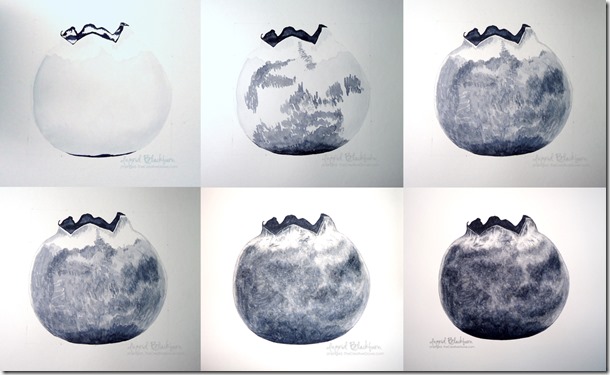
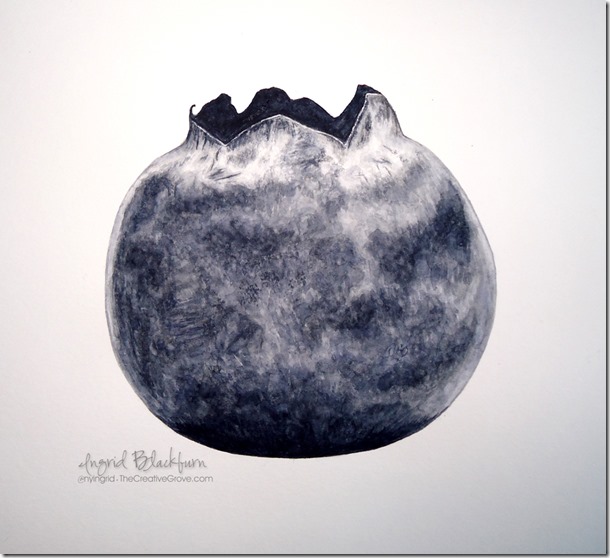

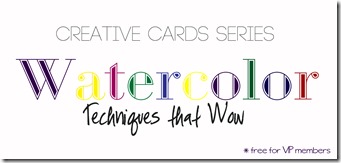
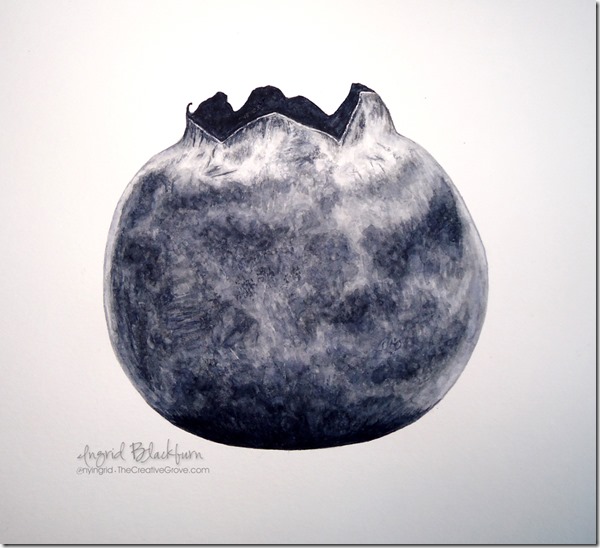
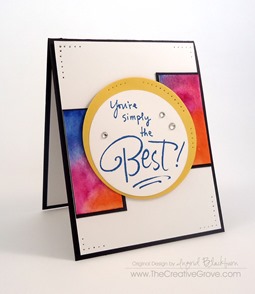
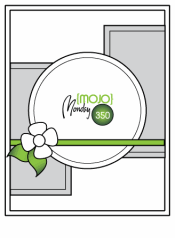
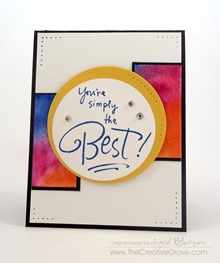

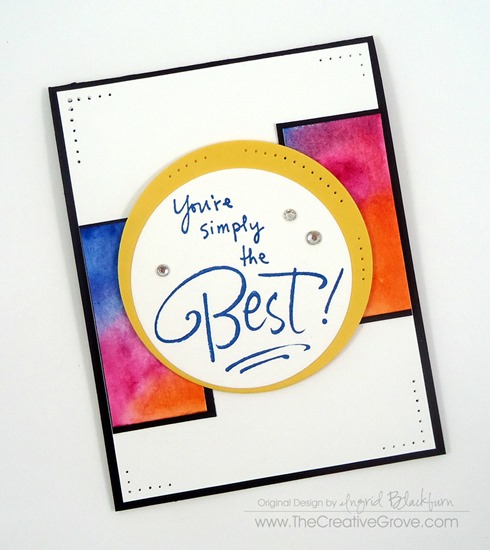

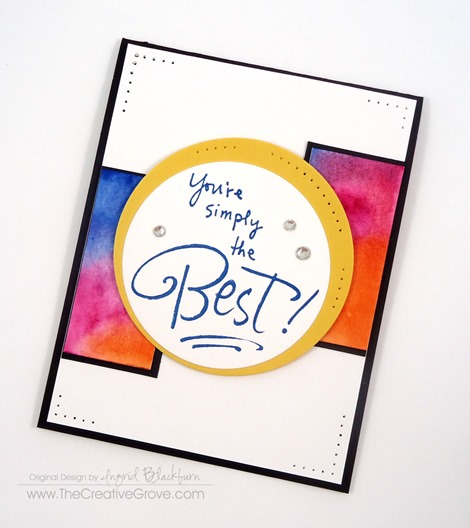
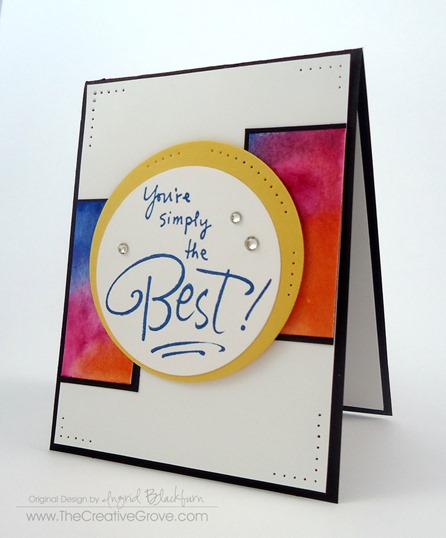


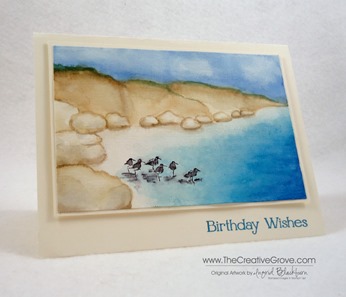
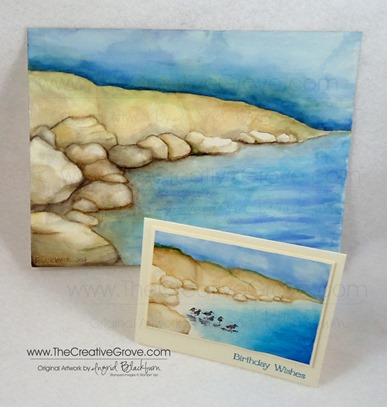
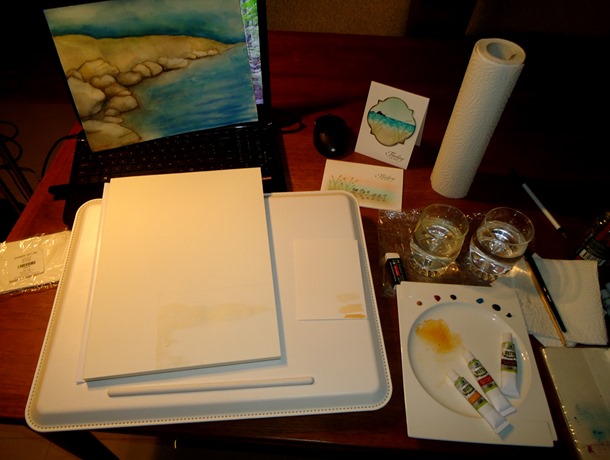
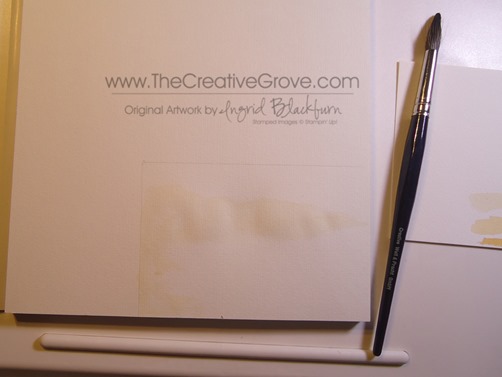
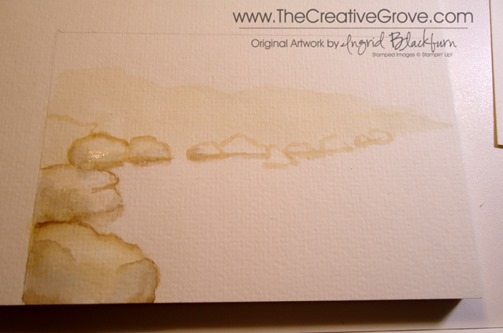
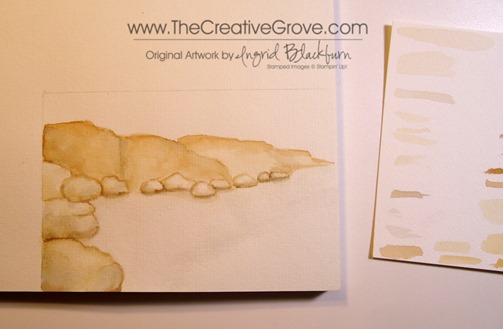
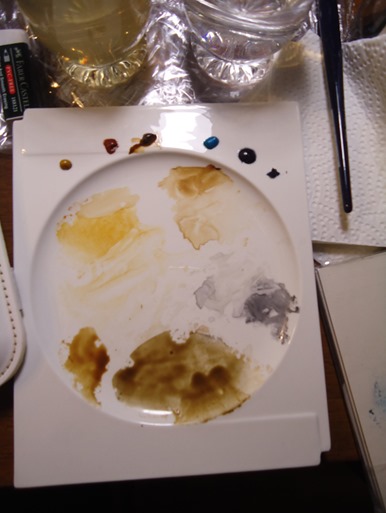
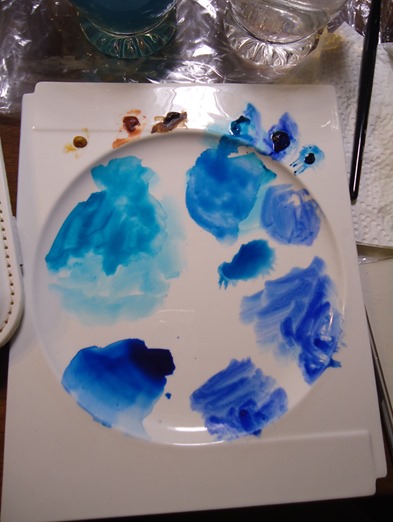
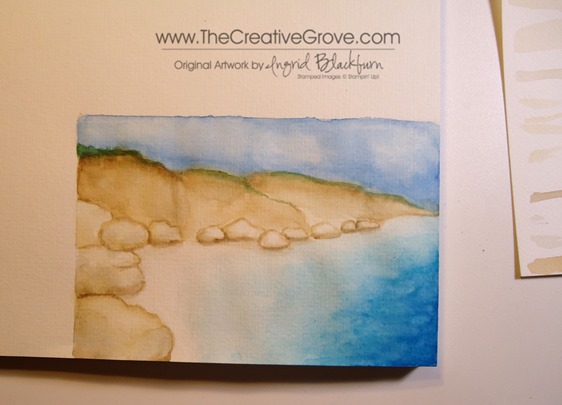
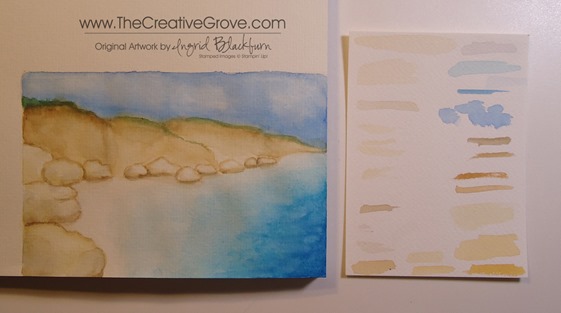
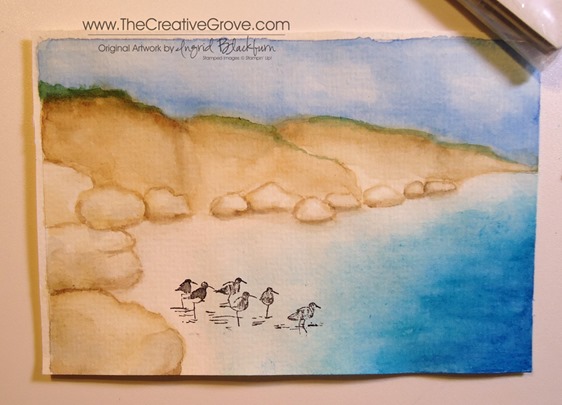
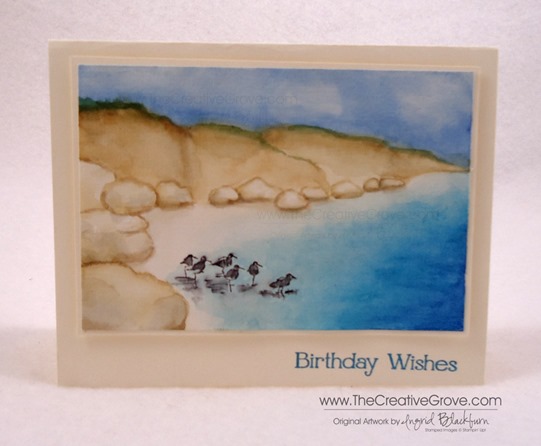
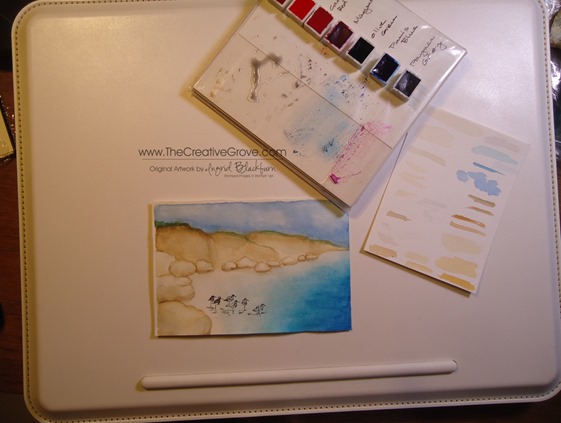

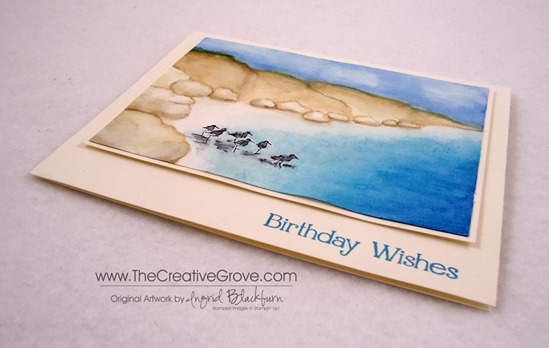
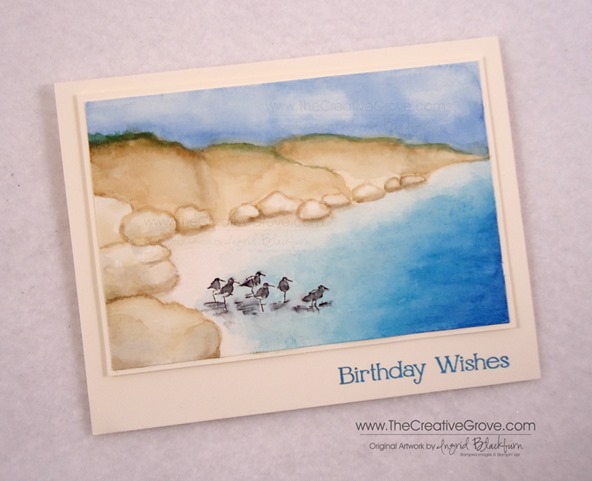
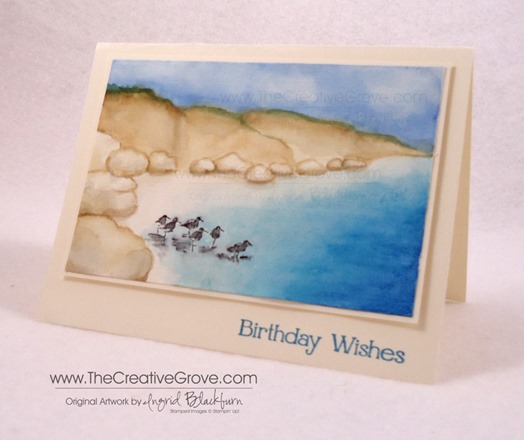
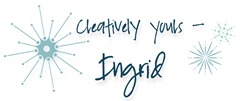
![DSC09982_thumb[5] DSC09982_thumb[5]](https://thecreativegrove.com/wp-content/uploads/2014/03/DSC09982_thumb5_thumb.jpg)
![DSC00026_thumb[2] DSC00026_thumb[2]](https://thecreativegrove.com/wp-content/uploads/2014/03/DSC00026_thumb2_thumb.jpg)
![DSC09982_thumb[7] DSC09982_thumb[7]](https://thecreativegrove.com/wp-content/uploads/2014/03/DSC09982_thumb7_thumb.jpg)
![DSC09985_thumb[7] DSC09985_thumb[7]](https://thecreativegrove.com/wp-content/uploads/2014/03/DSC09985_thumb7_thumb.jpg)
![DSC00013_thumb[5] DSC00013_thumb[5]](https://thecreativegrove.com/wp-content/uploads/2014/03/DSC00013_thumb5_thumb.jpg)
![DSC00019_thumb[2] DSC00019_thumb[2]](https://thecreativegrove.com/wp-content/uploads/2014/03/DSC00019_thumb2_thumb.jpg)
![DSC00013 copy_thumb[2] DSC00013 copy_thumb[2]](https://thecreativegrove.com/wp-content/uploads/2014/03/DSC00013-copy_thumb2_thumb.jpg)
